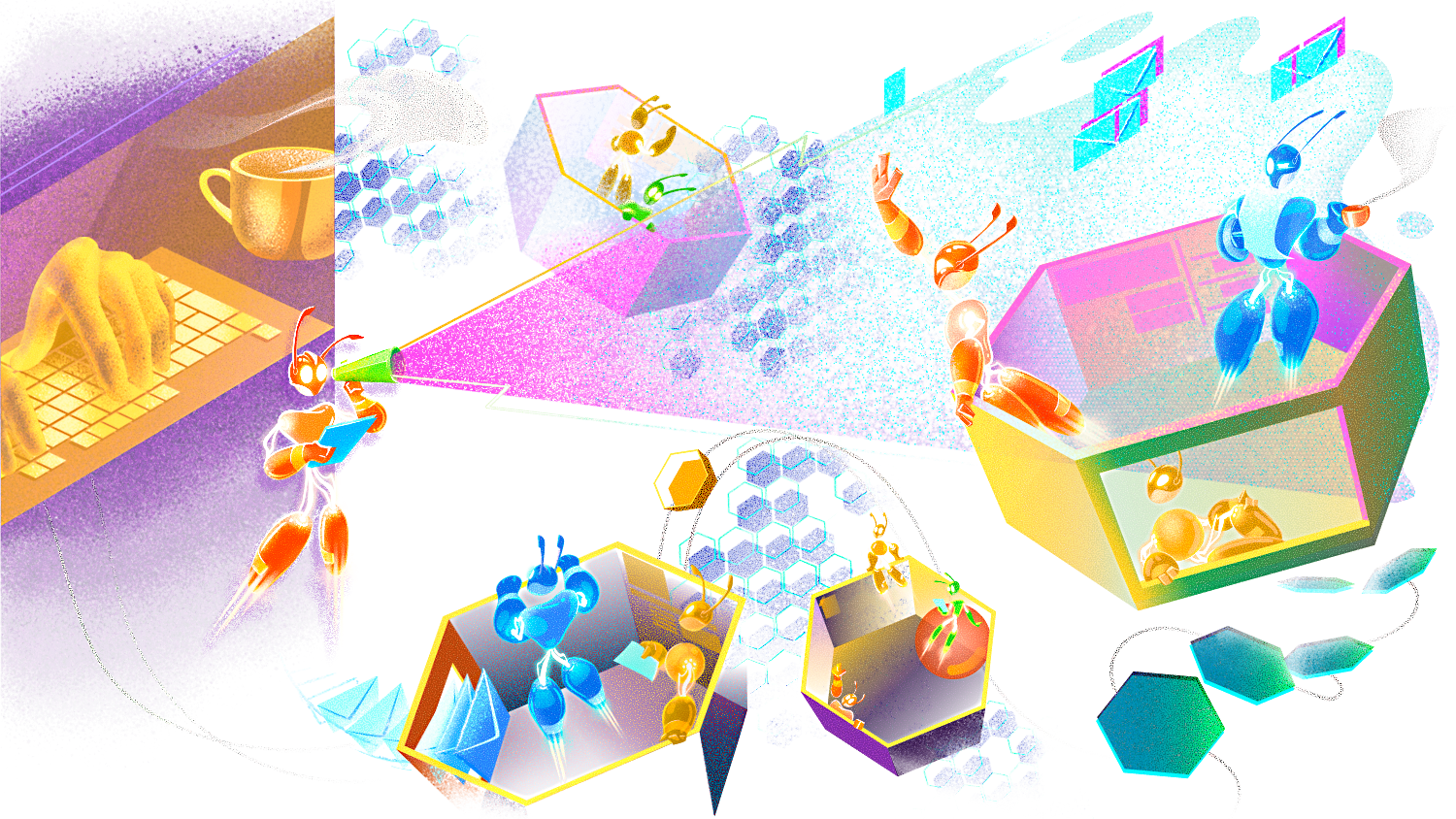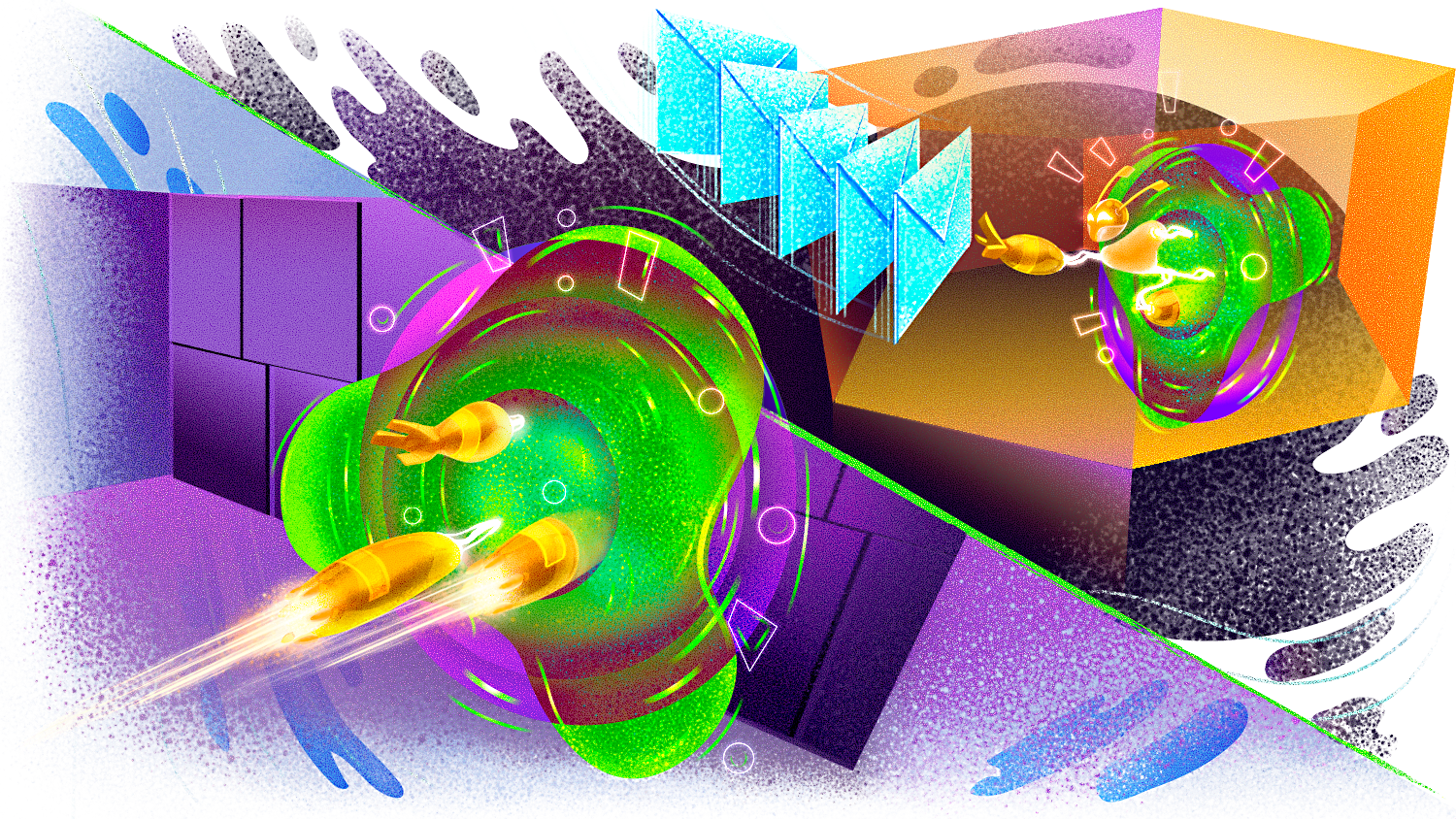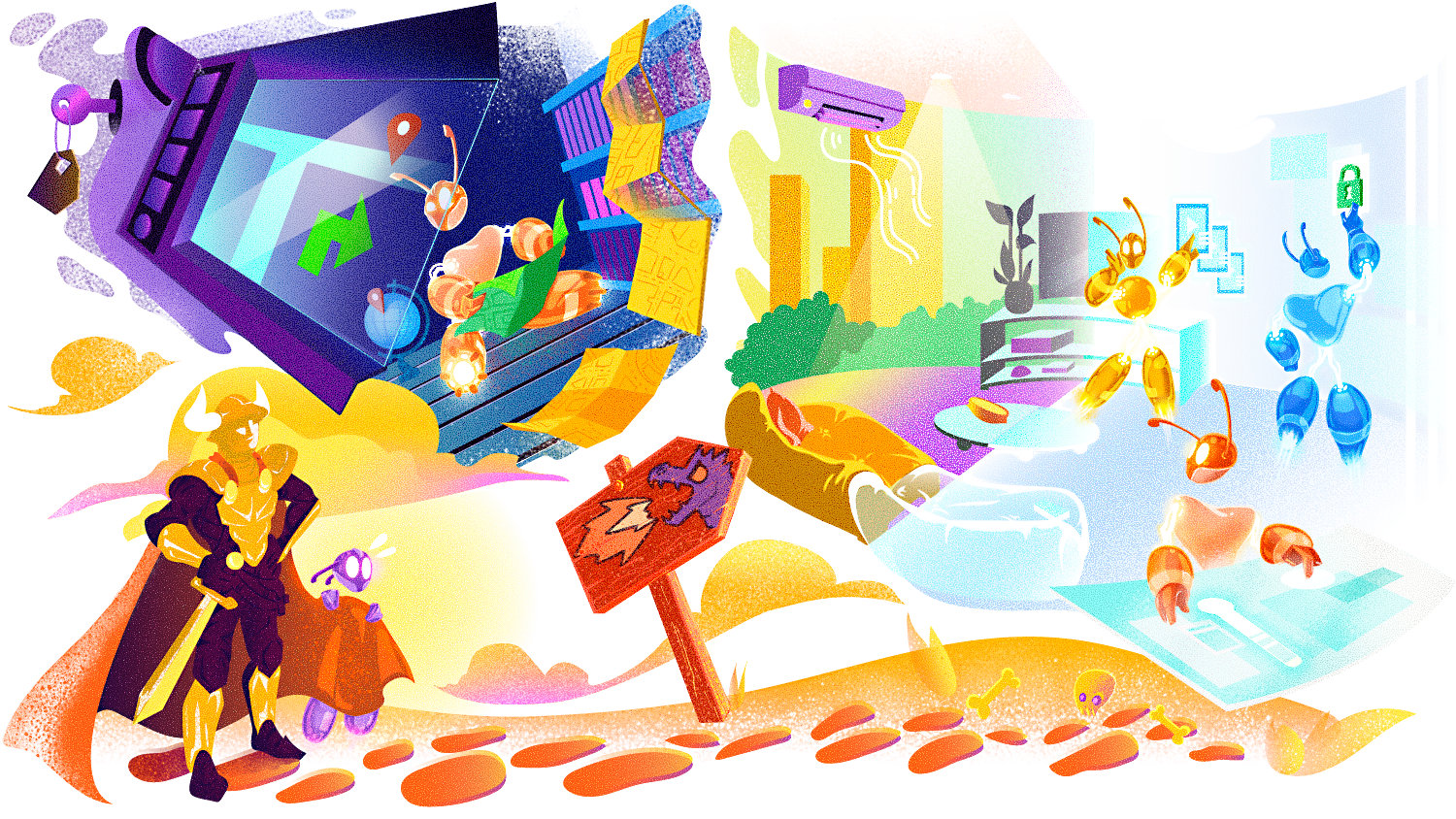Cloud Native
Built on cloud native technologies. Taking advantage of proven stability and performance.
Simple Concurrency & Distribution
Asynchronous and Distributed by design. High-level abstractions like Actors and Virtual Grains.
Extreme Performance
Capable of millions of messages per second cross-process communication
Resilient by Design
Write systems that self-heal using supervisor hierarchies.










